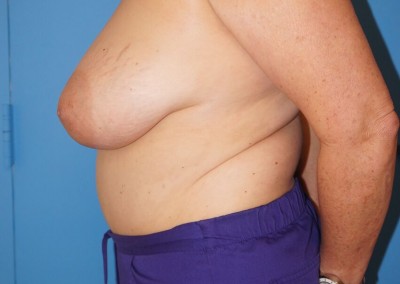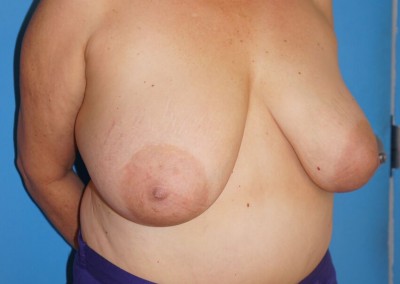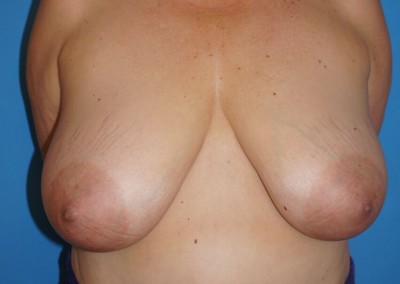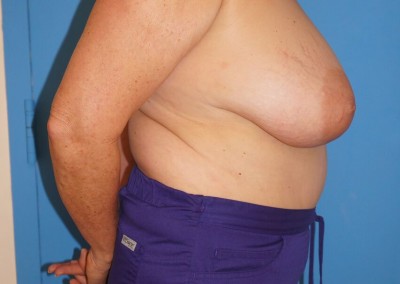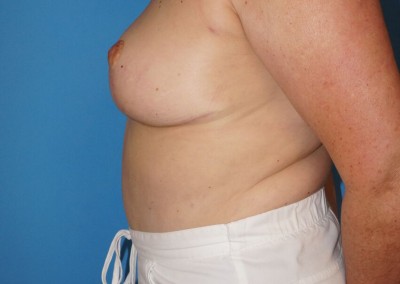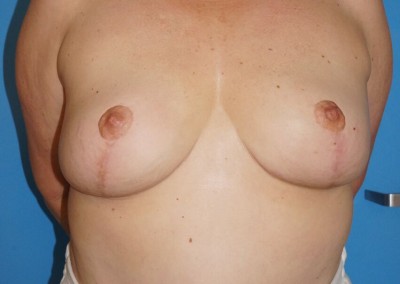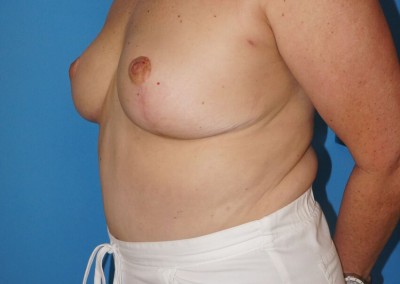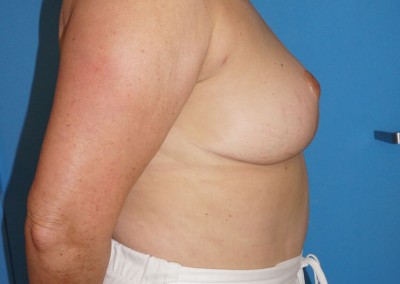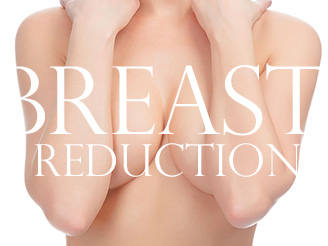 Breast Reduction
Breast Reduction
Breast reduction can be done with a wide scare (Wise pattern), a short scar (vertical pattern), or scarless. The technique used will depend you’re your anatomy and size of breasts. The woman afflicted with macromastia presents heavy, enlarged breasts (>500 gm per breast per the Shnur Scale) that sag and cause her chronic pains to the head, neck, shoulders, and back; an oversized bust also causes her secondary health problems, such as poor blood circulation, impaired breathing (inability to fill the lungs with air); chafing of the skin, the chest and the lower breast (inframammary intertrigo); brassière-strap indentations to the shoulders; and the improper fit of clothes.
In the woman afflicted with gigantomastia (>1,000 gm increase per breast), the average breast-volume reduction diminished her oversized bust by three (3) brassière cup-sizes. The surgical reduction of abnormally enlarged breasts resolves the physical symptoms and the functional limitations that a bodily-disproportionate bust imposes upon a woman; thereby it improves her physical and mental health. Afterwards, the woman’s ability to comfortably perform physical activities previously impeded by oversized breasts improves her emotional health (self-esteem) by reducing anxiety and lessening psychological depression.
A woman develops large breasts usually during the larche (the pubertal breast-development stage), but large breasts can also develop postpartum, after gaining weight, at menopause, and at any age. Macromastia usually develops in consequence to the hypertrophy (overdevelopment) of adipose fat, rather than to milk-gland hypertrophy. Moreover, many women are genetically predisposed to developing large breasts, the size and weight of which often are increased either by pregnancy or by weight gain, or by both conditions; there also exists iatrogenic (physician-caused) conditions such as post–mastectomy and post–lumpectomy asymmetry. Nonetheless, it is statistically rare for a young woman to experience virginal mammary hypertrophy that results in massive, oversized breasts, and recurrent breast hypertrophy.
The abnormal enlargement of the breast tissues to a volume in excess of the normal bust-to-body proportions can be caused either by the overdevelopment of the milk glands or of the adipose tissue, or by a combination of both occurrences of hypertrophy. The resultant breast-volume increases can range from the mild (<300 gm) to the moderate (ca. 300–800 gm) to the severe (>800 gm).
Macromastia can be manifested either as a unilateral condition or as a bilateral condition (single-breasted enlargement or double-breasted enlargement) that can occur in combination with sagging, breast ptosis that is determined by the degree to which the nipple has descended below the inframammary fold (IMF).

